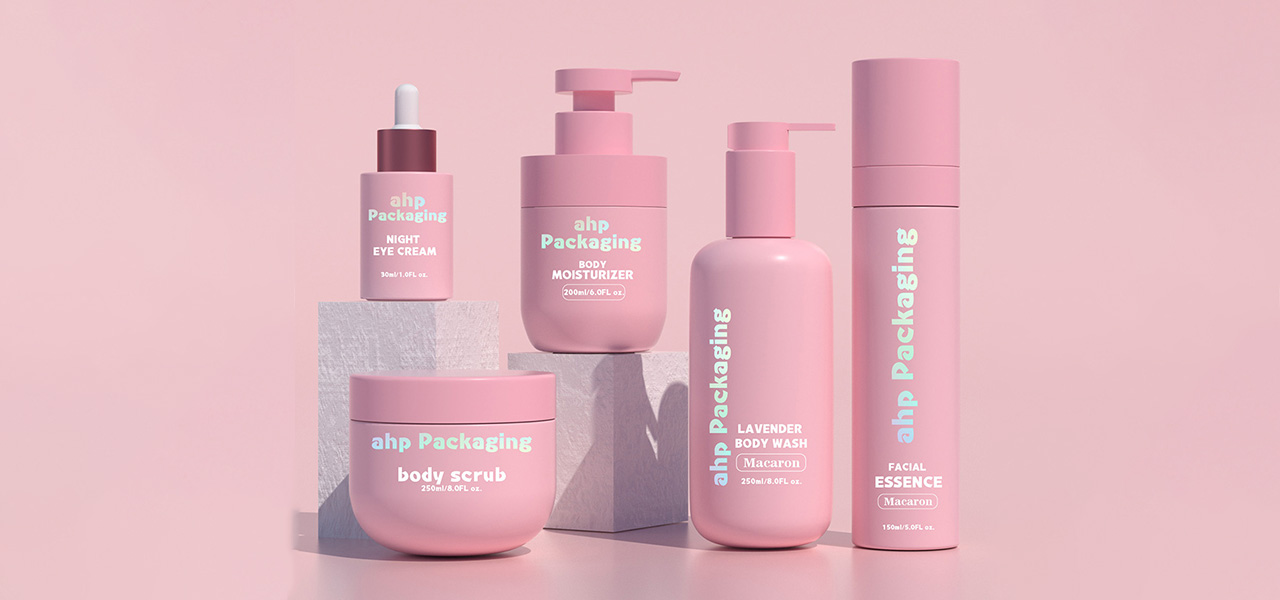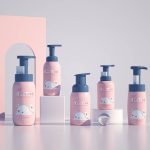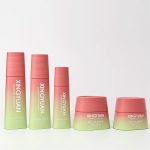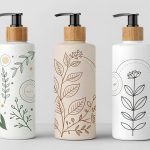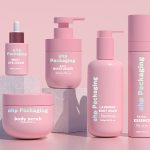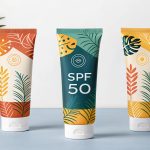Pink dominates beauty shelves — but why? This article explores the cultural psychology, global market data, and branding strategies behind pink’s cosmetic reign, offering insight for product designers and brand strategists alike.
Pink is a staple in the cosmetics industry due to its associations with youthfulness, softness, and universal appeal. From lipstick to packaging, it embodies beauty ideals across cultures. Market trends and consumer psychology support its enduring dominance, making pink one of the most commercially successful and recognizable colors in the cosmetic world.
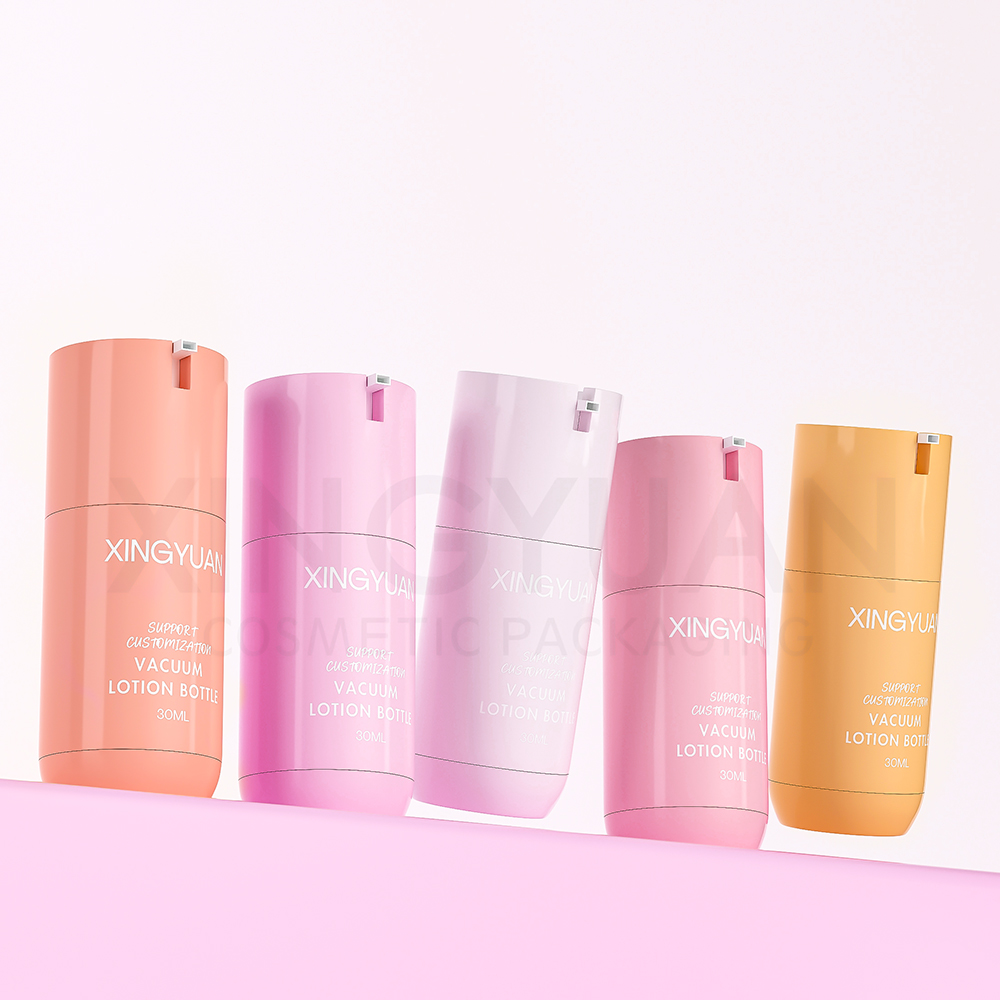 Let’s break down why pink remains not just a color choice, but a branding strategy and cultural phenomenon in beauty.
Let’s break down why pink remains not just a color choice, but a branding strategy and cultural phenomenon in beauty.
Why Is Pink So Popular in the Beauty Industry?
Pink is deeply embedded in beauty culture. It evokes warmth, femininity, and care — making it a go-to choice for products that promise self-care, softness, and appeal. In color psychology, pink is believed to have a calming effect, which contributes to its popularity in skincare and makeup branding.
Historically associated with girlhood and romanticism, pink also carries modern relevance. It has been reinterpreted in forms like “millennial pink,” combining nostalgia with minimalism. Its dual identity — timeless and trendy — keeps it in high demand across age groups.
Does Pink Really Attract Cosmetic Buyers?
Absolutely. Pink isn’t just pretty — it’s powerful in marketing. According to Ofspace Digital, pink branding emotionally resonates with consumers, often fostering a sense of trust and intimacy. In retail environments, pink packaging is known to enhance product approachability and trigger impulse buying.
From a branding theory standpoint, different shades of pink represent varying emotional tones: soft blush suggests elegance, hot pink radiates energy, and nude-pinks reflect natural beauty. This spectrum allows brands to communicate targeted messages within one color family.
Market Data: Is Pink the Top-Selling Shade in Cosmetics?
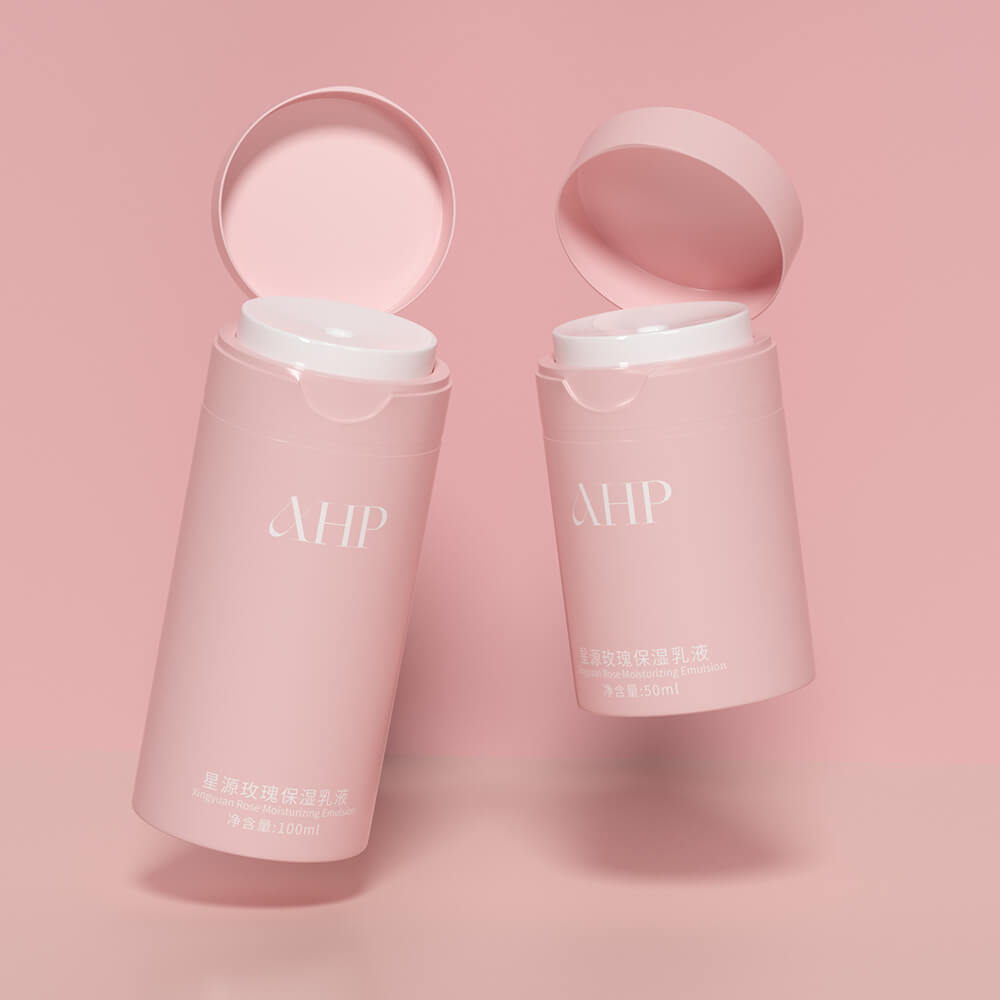 According to Statista, lipstick generated over $547 million USD in sales in the U.S. in 2024 — leading the lip cosmetics category. While exact shade-level sales data is proprietary, industry analysis consistently highlights pink as a top performer in lipstick, blush, and gloss.
According to Statista, lipstick generated over $547 million USD in sales in the U.S. in 2024 — leading the lip cosmetics category. While exact shade-level sales data is proprietary, industry analysis consistently highlights pink as a top performer in lipstick, blush, and gloss.
In China, one of the world’s largest beauty markets, pinks and corals are the most frequently used lip makeup colors, according to a 2024 Mintel report. Darker reds and plums are reserved for evening wear or special occasions.
Globally, 76% of beauty consumers use lipstick or lip gloss, making lip products the most widely adopted color cosmetics, per Mintel. Pink shades lead in these categories, driven by their versatility and cross-cultural appeal.
Which Brands Have Capitalized on the Power of Pink?
Glossier is a prime example of effective pink branding. The brand’s minimalist, “millennial pink” packaging has become iconic, helping it establish strong emotional bonds with younger consumers. As Forbes notes, Glossier’s use of pink isn’t just aesthetic — it’s foundational to its identity and market success.
Other standout examples include:
- Fenty Beauty, whose “Petal Poppin’” pink blush went viral for its universal skin tone compatibility.
- Maybelline, with its best-selling “Pink Punch” Baby Lips, a staple in drugstores worldwide.
- Dior and YSL, which frequently use luxurious pink tones in seasonal collections to evoke softness and prestige.
Each brand’s approach reflects the marketing versatility of pink — whether used to signal accessibility, elegance, or empowerment.
Is Pink the Preferred Color Globally? A Regional Comparison
While pink’s popularity is widespread, its meaning shifts by region.
In South Korea, the center of K-Beauty innovation, pink is a top choice for lip and cheek products. Consumers prefer soft, natural hues — seen as symbols of health, youth, and understated sophistication.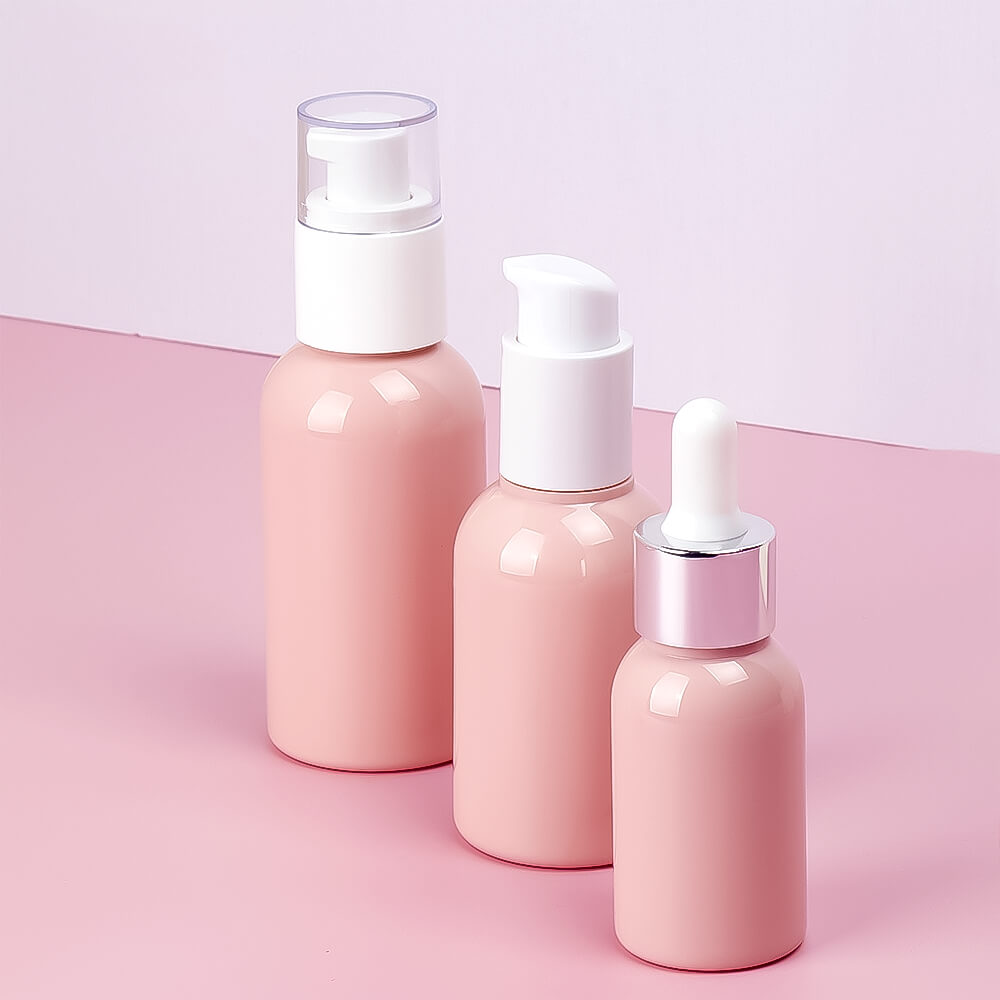
🔗 Mintel – Korean Beauty Trends
In Western markets like the U.S. and U.K., pink connotes femininity, flirtation, and self-expression. It’s frequently used in campaigns that highlight individuality and confidence.
In Brazil, bold pinks are synonymous with vibrancy and joy. Used in festival makeup and bold lips, they reflect the country’s colorful beauty culture.
🔗 Mintel – Brazil Color Cosmetics
Pink’s global relevance lies in this adaptability — it takes on local meanings while delivering universal emotional impact.
How Many Shades of Pink Are Trending Today?
Pink’s popularity is also rooted in its incredible range. Current trending shades include:
- Digital blush (a pixel-inspired soft pink)
- Peony glow (a luminous mid-tone pink)
- Petal nude (a pink-beige hybrid)
According to beauty forecast reports, brands are now using AI-generated pink names and digital HEX codes for web branding and influencer campaigns — like “#FFD1DC” for light pastel pink or “#FF69B4” for hot pink.
This breadth of tone allows brands to reinvent their collections every season while staying within a familiar and beloved color category.
Is Pink Still Relevant in 2025 and Beyond?
Yes — and it’s evolving. As consumers seek more expressive and inclusive beauty, pink continues to adapt. Whether through bold reinterpretations or gender-neutral variations, it remains an emotional anchor in product development and marketing.
The rise of “digital-native” brands ensures pink will remain a design staple — but with added depth and flexibility for diverse identities.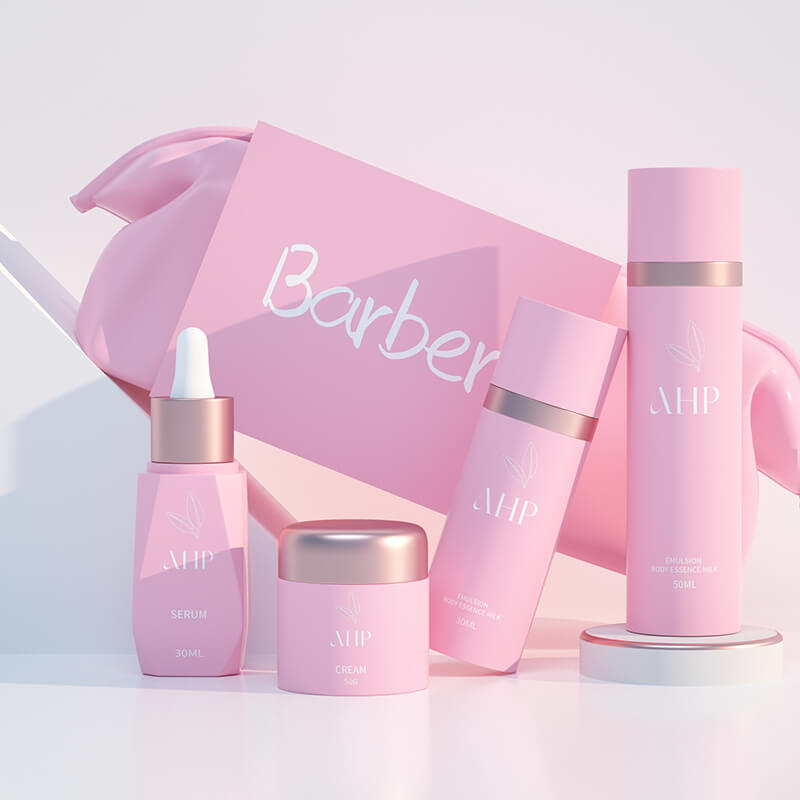
While trends shift, pink remains a cornerstone in beauty branding. Share your thoughts — do you believe pink’s reign will last? Comment or share this with your product team.
